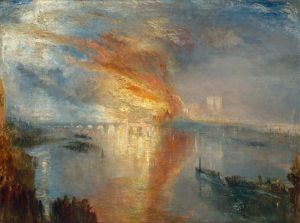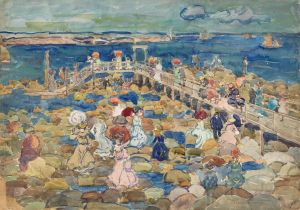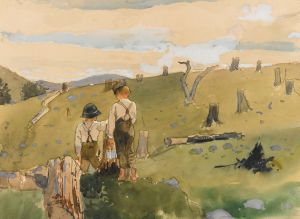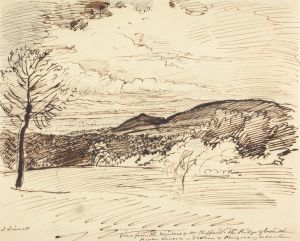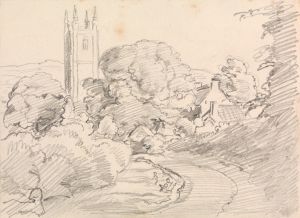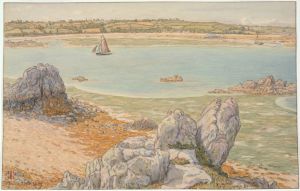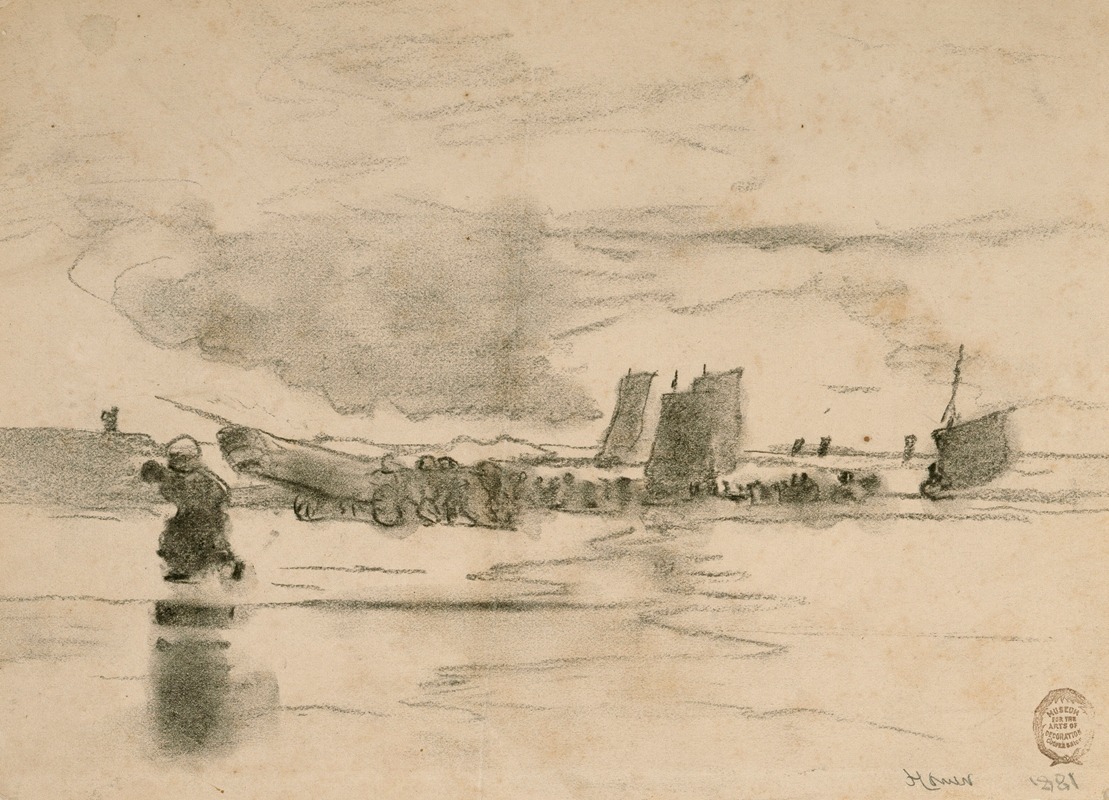
Beach at Low Tide, Cullercoats, England
A hand-painted replica of Winslow Homer’s masterpiece Beach at Low Tide, Cullercoats, England, meticulously crafted by professional artists to capture the true essence of the original. Each piece is created with museum-quality canvas and rare mineral pigments, carefully painted by experienced artists with delicate brushstrokes and rich, layered colors to perfectly recreate the texture of the original artwork. Unlike machine-printed reproductions, this hand-painted version brings the painting to life, infused with the artist’s emotions and skill in every stroke. Whether for personal collection or home decoration, it instantly elevates the artistic atmosphere of any space.
"Beach at Low Tide, Cullercoats, England" is a watercolor painting by the American artist Winslow Homer, created during his stay in the coastal village of Cullercoats, England, between 1881 and 1882. This period marked a significant phase in Homer’s career, as he shifted his focus to more mature and contemplative themes, often centered on the lives and labor of coastal communities. The painting exemplifies Homer’s mastery of watercolor and his ability to capture the interplay of light, atmosphere, and human activity in maritime settings.
Cullercoats, located on the northeastern coast of England, was a small fishing village known for its rugged coastline and hardworking community. Homer spent approximately 18 months there, immersing himself in the daily lives of the villagers. His works from this period often depict fisherwomen, children, and seascapes, reflecting the harsh realities and quiet dignity of life by the sea. The village’s unique light and dramatic coastal scenery provided Homer with ample inspiration, influencing his artistic style and subject matter.
In "Beach at Low Tide, Cullercoats, England," Homer portrays a tranquil scene of the shoreline at low tide. The composition highlights the expansive beach, wet sand reflecting the muted sky, and the distant figures of villagers engaged in their daily routines. The painting demonstrates Homer’s skillful use of watercolor to convey the transparency of water, the texture of sand, and the atmospheric effects of the coastal environment. His restrained palette and attention to detail create a sense of realism and immediacy, drawing the viewer into the scene.
Homer’s time in Cullercoats marked a departure from his earlier works, which often featured more dramatic or narrative-driven subjects. Instead, his Cullercoats paintings, including "Beach at Low Tide," focus on quiet moments and the resilience of the human spirit in the face of nature’s challenges. This period is widely regarded as a turning point in Homer’s career, laying the groundwork for his later masterpieces that explore the relationship between humans and the sea.
Today, "Beach at Low Tide, Cullercoats, England" is celebrated as an example of Homer’s ability to capture the essence of a place and its people with sensitivity and technical brilliance. The painting is part of the broader body of work that underscores Homer’s reputation as one of the foremost American artists of the 19th century.






